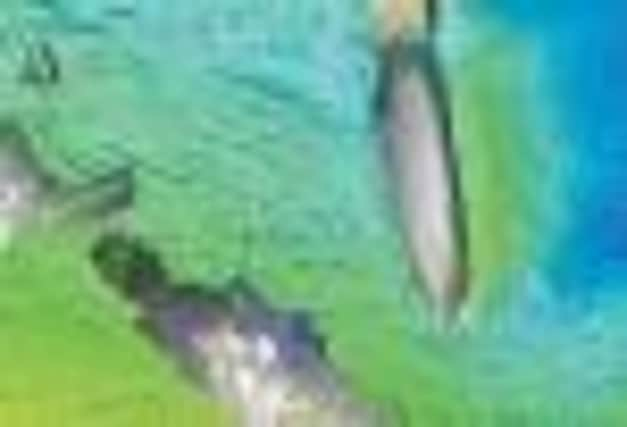Marine survey uncovers the hidden secrets of Scapa Flow naval graveyard


The former naval base in Orkney was the scene of the largest intentional sinking in seafaring history when, in 1919, a German fleet scuttled 74 ships at the end of the First World War to prevent them from falling into British hands.
Now, a remarkable new sub-sea survey has mapped 18 sites revealing previously unseen
Advertisement
Hide AdAdvertisement
Hide Addetail of wreckage and contributing valuable information about Scapa Flow’s immense history.
Historic Scotland commissioned Wessex Archaeology to carry out the survey over two days in partnership with Netsurvey, a contractor for the Ministry of Defence.
Unprecedented detail has been found on merchant ships from both the First and Second World Wars, a German submarine, and a trawler used to operate boom defences at the entrance to Scapa Flow.
The results, which have been posted online, were derived from high resolution sonar surveys on the sea bed.
They build on earlier work from the ScapaMap project in 2001 and 2006, and MoD studies undertaken to record the wreck of the battleship HMS Royal Oak, torpedoed at the beginning of the Second World War with the loss of 833 lives.
Philip Robertson, of Historic Scotland, said: “The surveys are adding significantly to our understanding of what remains of the famous history of the wartime naval base of Scapa Flow, and the defence of the naval anchorage.
“We hope the results will be of interest to the thousands of recreational divers who visit Scapa Flow every year, and that those who don’t dive will also enjoy this insight into the heritage that survives beneath the waves.”
Advertisement
Hide AdAdvertisement
Hide AdPaul Baggaley, Wessex Archaeology’s Head of Geophysics, said: “We hope this survey of 18 sites has helped bring new information to light, and that it will provide a useful basis for efforts to monitor the condition of the wrecks in Scapa Flow, and conserve them for future generations to enjoy.”
The survey findings will also help Historic Scotland consider the case for a historic marine protected area, to improve protection for Scapa Flow’s most important heritage sites under the Scottish Parliament’s new marine legislation.
Any proposals to create a marine protected area for sites in Scapa Flow would be subject to discussions with stakeholders in Orkney, and formal consultation processes.
Scapa Flow is one of the most important locations in British wartime history. It was the home base for the Royal Navy’s Grand Fleet in the First World War, and the northern base for the fleet in the Second World War.
Following Germany’s defeat in 1918, 74 ships were interned at Scapa Flow pending a decision on their future in the peace Treaty of Versailles.
On 21 June, 1919, after nine months of waiting, Rear Admirial Ludwig von Reuter, the German officer in command, made the decision to scuttle the fleet because the negotiation period for the treaty had lapsed with no word of a settlement.
After waiting for the bulk of the British fleet to leave on exercises, he gave the order to scuttle the ships to prevent them falling into British hands.